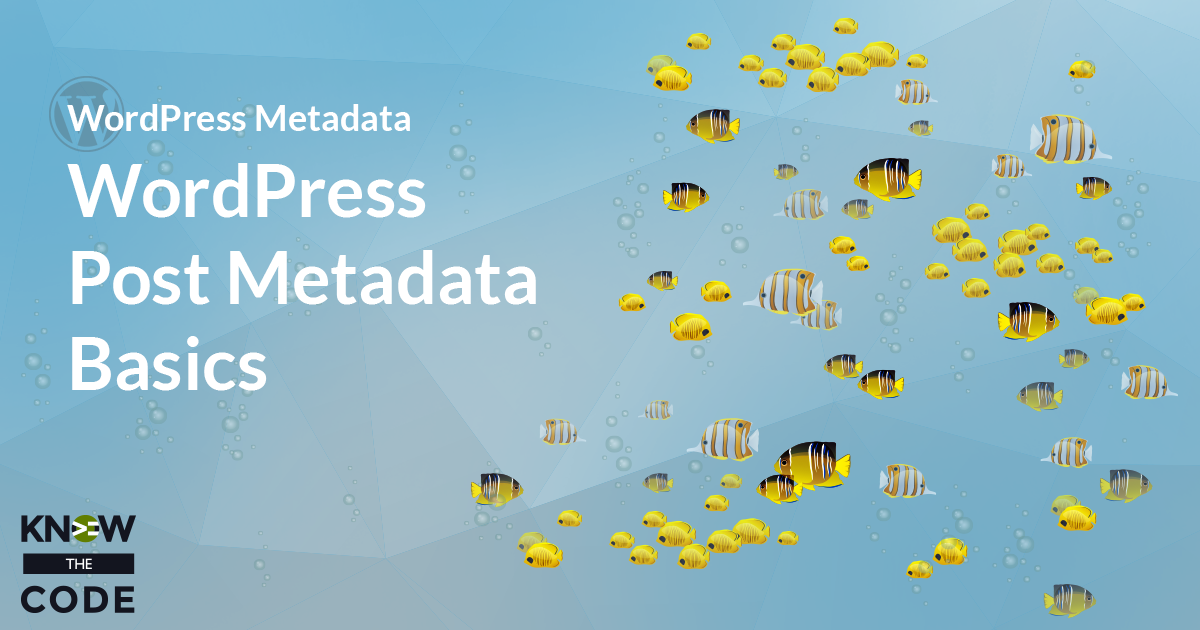If you work with Genesis-powered themes, like I do, then you need to modify your strategy a bit for adding in a subtitle to a single post type. Let’s walk through it together as well as explore the Genesis codebase. Genesis builds the post’s title HTML structure in the lib/structure/post.php file in the function genesis_do_post_title(). This function is a registered callback to the event genesis_entry_header. Let’s look at this code and how it builds the post title’s HTML.

